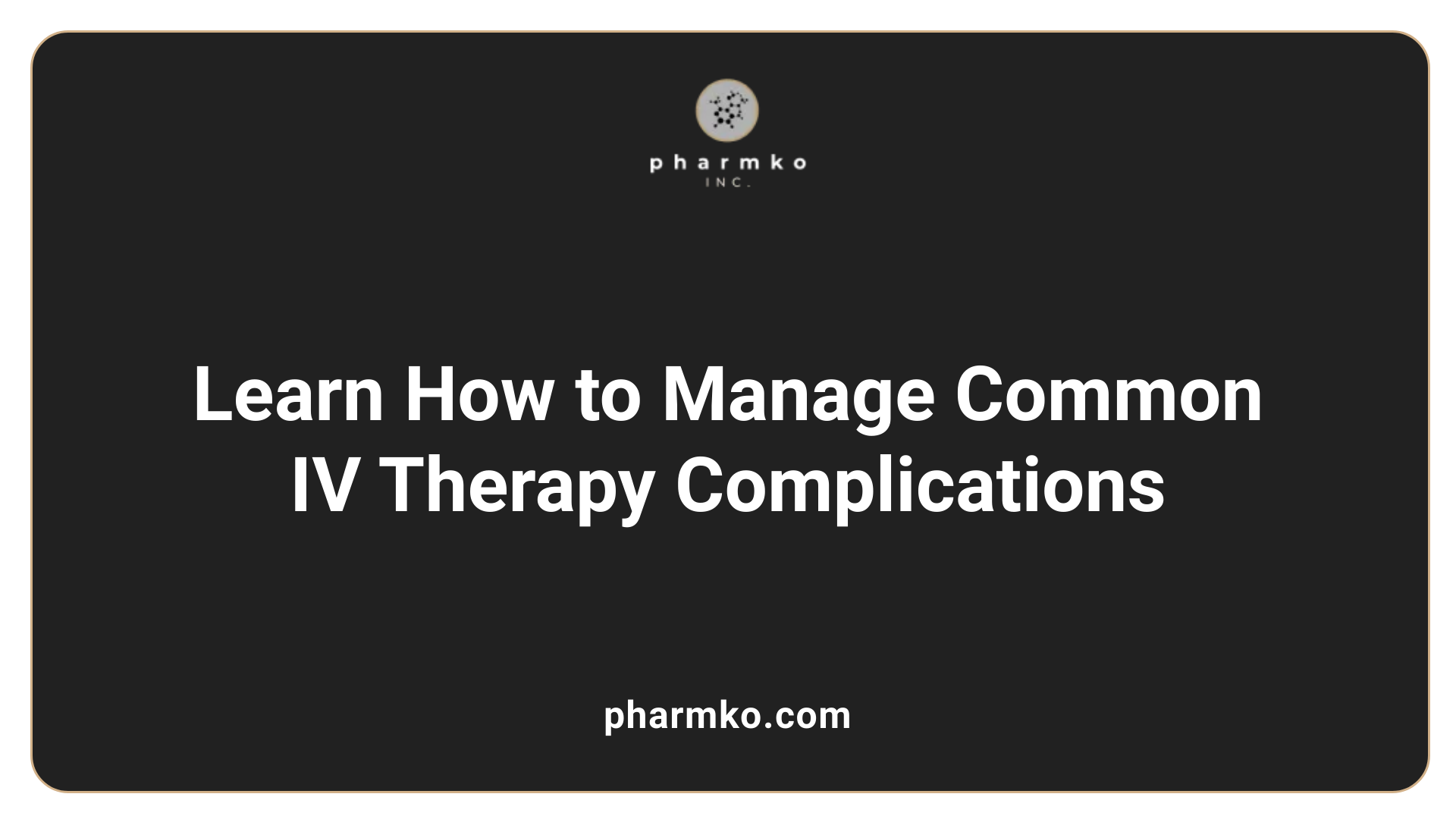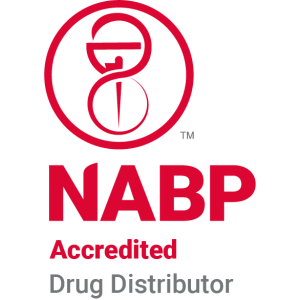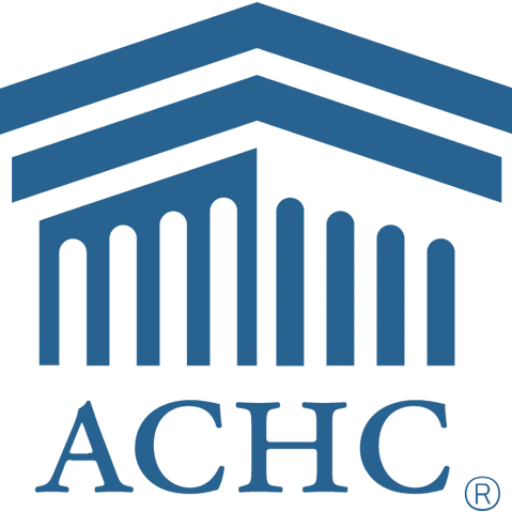Managing health with IV infusion
Introduction to IV Infusion Therapy
IV infusion therapy has become a pivotal aspect of modern healthcare, known for its rapid delivery of essential fluids and nutrients directly into the bloodstream. This method is not only integral for immediate medical care but also has potential applications in enhancing wellness and managing chronic conditions. As this therapy gains popularity, understanding its comprehensive benefits, safety protocols, and potential complications is crucial for both medical professionals and patients seeking to improve their health through infusion therapy.
Understanding the Purpose and Types of IV Infusion Therapy

Benefits of IV Therapy in Fluid and Electrolyte Replacement
IV therapy is an efficient method for addressing dehydration and restoring fluid balance in patients. It offers several advantages:
- Rapid Delivery : Fluids and medications enter the bloodstream quickly, enabling prompt treatment, especially in emergencies.
- Customization : IV solutions can be tailored to individual needs, incorporating specific electrolytes and nutrients to optimize hydration.
- Enhanced Absorption : By bypassing the gastrointestinal tract, IV therapy ensures that nutrients are delivered directly and effectively—ideal for patients who struggle with oral intake.
- Support for Specific Conditions : It plays a critical role in managing conditions such as severe infections, chronic illnesses, and recovery from surgeries where fluid and electrolyte balance is crucial.
Types of IV Fluids
Several types of IV fluids are utilized, each serving distinct purposes based on patient needs:
| Type of IV Fluid | Description | Common Uses |
|---|---|---|
| Isotonic | Matches blood osmolality; helps replenish fluids and electrolytes without altering blood volume. | Dehydration, post-operative recovery |
| Hypertonic | Higher solute concentration; draws water out of cells. | Severe dehydration, electrolyte imbalances |
| Hypotonic | Lower solute concentration; encourages water movement into cells. | Cellular hydration, rehydrating patients after fluid loss |
These types of fluids are essential in treating a wide range of medical conditions, including anemia, heart failure, and gastrointestinal diseases. IV therapy remains invaluable, particularly when oral options are inadequate or impossible.
Administration Methods and Procedures of IV Medications

What are the administration methods for IV medications?
Intravenous (IV) medications can be administered through several methods to ensure effective treatment. The two primary techniques are IV push (bolus) injections and controlled infusions .
- IV Push (Bolus) Injections: This method delivers medication directly into the bloodstream in a concentrated form for rapid therapeutic effects. It is often used in emergency situations where immediate action is required.
- Controlled Infusions: Here, medications are gradually provided over time using either a pump or a gravity drip. This method is beneficial for maintaining consistent drug levels in the bloodstream over a prolonged period.
Additionally, standard IV lines are typically suitable for short-term medication delivery, while central venous catheters (CVCs) are employed for long-term treatments, especially when frequent access is necessary.
Importance of protocol adherence
Adherence to protocols when administering IV medications is critical for patient safety. Nurses must follow established guidelines, which include the ‘ seven rights ’ of medication administration to prevent errors:
- Right patient
- Right medication
- Right dose
- Right route
- Right time
- Right documentation
- Right reason
Potential complications, such as infections, vein damage, and systemic reactions, reinforce the need for vigilant monitoring during and after administration. By strictly following protocols and guidelines, healthcare professionals can minimize risks and improve patient outcomes.
Managing Complications Associated with IV Therapy

What are the potential complications of IV therapy and how can they be managed?
IV therapy, while a critical component of patient care, can lead to various complications. Common issues include infiltration , extravasation , phlebitis , infections , air embolism , and fluid overload .
- Infiltration occurs when IV fluids leak into surrounding tissues, leading to swelling and discomfort. Management involves ensuring proper catheter placement and securing the IV line to minimize movement.
- Extravasation is more serious, as it involves harmful medications leaking into nearby tissues. Immediate cessation of the infusion and following applicable treatment protocols are essential to mitigate damage.
- Phlebitis , or inflammation of the vein, can be managed by employing careful insertion techniques and continuously monitoring for any signs of this complication.
For infections, adhering to strict aseptic protocols is vital. If an infection occurs, the IV catheter should be promptly removed, and antibiotic therapy may be necessary.
What preventive measures can be taken in IV therapy?
Preventive measures are crucial to reduce the risk of complications.
- Routine Assessments : Regular evaluations of the IV site can help detect early signs of complications, like phlebitis or infiltration.
- Aseptic Techniques : Using aseptic techniques during catheter insertion and maintenance is essential to prevent infections.
- Patient Education : Informing patients about what symptoms to monitor can facilitate early detection of potential issues.
By implementing these management strategies and preventive measures, healthcare providers can enhance patient safety and the efficacy of IV therapy.
Guidelines and Protocols for Safe IV Therapy Administration

Best practices for IV site maintenance
Effective IV site maintenance is crucial to ensure patient safety and therapy effectiveness. Regular assessments of the IV site should be performed to monitor for complications such as phlebitis or extravasation. Patients should be educated on how to care for the IV site, including keeping it clean and dry.
Dressing changes are essential; these should occur whenever the dressing appears soiled or loose. Clinicians must document the condition of the IV site and report any changes in its status. Proper flushing of catheters using sterile saline before and after infusions helps maintain catheter patency and minimize clot formation.
Importance of aseptic technique
Aseptic technique is paramount during IV therapy to prevent infections. Healthcare providers must adhere to strict guidelines when inserting and managing IV catheters, including wearing gloves and utilizing sterile equipment. Avoiding the insertion of catheters in areas prone to movement can reduce the chance of dislodgment and complications.
Regularly changing IV solutions and tubing according to established protocols is essential to maintain sterility. Close monitoring of infusion rates is also important, especially for vulnerable patients, to prevent fluid overload. Ultimately, a commitment to aseptic practices and vigilant site assessments ensures the efficacy and safety of IV therapy.
Precautions during IV infusion
Precautions to take during IV infusion include always using aseptic technique to prevent infections, regularly assessing the IV site for signs of complications such as infiltration or phlebitis, and securing the catheter properly to minimize the risk of dislodgement. It is important to avoid inserting IV catheters in areas prone to flexion and to monitor infusion rates closely to prevent fluid overload, especially in vulnerable populations. Healthcare providers should also follow proper protocols for the insertion, care, and management of different types of IV catheters. Regularly changing IV solutions and tubing, along with vigilant observation of the patient during infusions, can further reduce risks. Additionally, adhering to transfusion policies and daily assessments for patients receiving total parenteral nutrition (TPN) are essential for ensuring patient safety.
Exploring the Science and Effectiveness of IV Vitamin Therapy
Vitamin absorption via IV vs. oral supplements
IV vitamin therapy is designed to deliver vitamins and minerals directly into the bloodstream, ensuring optimal absorption and immediate availability to the body. This method can provide up to 100% absorption efficiency compared to oral supplements, where only 20-30% of vitamins may be absorbed due to digestive limitations. For individuals with digestive disorders or those who cannot take oral medications, IV therapy presents a viable alternative to achieve necessary nutrient levels quickly.
Role of vitamins in health management
Vitamins infused through IV therapy, such as Vitamin C, magnesium, and B vitamins, play essential roles in health management. They can help fortify the immune system, promote tissue repair, and mitigate symptoms associated with fatigue and chronic conditions. The targeted delivery allows for customized formulations, catering to specific health needs, including enhanced energy levels and recovery post-exercise.
To further understand the risks associated with IV therapy, it is important to recognize that inflammation of the vein (phlebitis) is a common complication. Proper management practices, such as infection control and monitoring, can mitigate these risks.
| Complication Type | Description | Management Strategies |
|---|---|---|
| Phlebitis | Inflammation of the vein; can cause swelling and discomfort. | Remove IV, warm compresses, elevate arm |
| Infection | Local or systemic infections due to contamination. | Antibacterial treatment |
| Infiltration | Fluid leaks into surrounding tissue, potentially causing swelling. | Remove IV, apply compress |
| Fluid Overload | Excessive fluid administration leading to increased blood pressure. | Diuretics if necessary |
While IV vitamin therapy offers potential benefits, it is essential to discuss any treatments with healthcare providers to ensure safe and effective use.
Applications of IV Therapy in Home and Non-Medical Settings
Benefits and considerations for home infusion therapy
Home infusion therapy has gained traction for its ability to provide vital medications and nutrients directly to the bloodstream of patients in their homes. This approach ensures consistent and effective treatment for individuals unable to take medications orally or requiring regular nutrient supplementation.
One of the significant advantages of home infusion therapy is the convenience it offers. Patients benefit from receiving therapy in a familiar environment, which can enhance comfort and compliance. Moreover, costs associated with long-term hospital stays can be reduced, benefiting both families and healthcare systems alike.
However, several considerations must be made. Patients must be carefully selected to ensure they receive appropriate services tailored to their health needs, and proper education must be provided to both patients and caregivers on how to handle equipment and recognize potential complications.
Role of caregivers in home settings
Caregivers play a crucial role in the success of home infusion therapy. They are responsible for assisting with the administration of medications, monitoring infusion sites, and recognizing signs of complications such as swelling or infection. Training typically includes education on the infusion process, as well as potential side effects and therapy goals.
Family members may also be trained to manage the IV equipment under the supervision of healthcare professionals. This training is vital, as caregivers must remain vigilant about the patient’s health status and know when to seek assistance from healthcare providers. Their support not only ensures safe treatment but also provides emotional encouragement and reassurance to patients during their therapy journey.
What steps are involved in the IV infusion procedure?
The IV infusion procedure involves several key steps to ensure patient safety and effectiveness. First, healthcare providers should gather all necessary equipment and perform hand hygiene before preparing the patient and insertion site. The insertion is made by stabilizing the vein, inserting the catheter bevel-up, and confirming blood return before advancing the catheter. After securing the IV line and connecting it to the infusion setup, the IV fluids are administered at the prescribed rate while monitoring the IV site and patient reactions. Finally, appropriate documentation of the procedure is essential, along with patient education on IV care and potential side effects.
Comparing IV Therapy and Oral Supplementation
Advantages of IV therapy over oral supplements
IV therapy offers significant advantages over traditional oral supplementation. One of the foremost benefits is absorption efficiency . IV administration delivers a mixture of vitamins, minerals, and nutrients directly into the bloodstream , ensuring close to 100% absorption, in contrast to oral supplements , which typically achieve only 20-30% absorption due to the digestive process. Additionally, IV therapy can be tailored to the individual needs of patients, providing personalized nutrient blends for optimal health outcomes.
Health benefits and absorption rates
The health benefits of IV therapy extend to addressing specific conditions , such as severe dehydration, nutrient deficiencies, and enhanced immune function. For instance, infusions containing Vitamin C , B vitamins , and zinc can significantly boost the immune system. Moreover, the high concentration of nutrients delivered through IV therapy results in quicker effects than those achieved through oral administration. This rapid delivery system is particularly advantageous for individuals needing immediate intervention, such as those recovering from strenuous activities or illnesses.
Pediatric IV Infusion: Considerations and Protocols
What are some special guidelines for pediatric care in IV therapy?
Managing pediatric IV infusion requires tailored approaches due to the unique physiological and psychological needs of children. Here are some critical guidelines for pediatric care:
- Age-appropriate equipment : Use catheters and infusion devices designed specifically for children to ensure comfort and efficacy.
- Monitoring : Regularly assess IV sites and patient conditions to catch complications early, addressing issues such as infiltration or phlebitis promptly.
- Fluid calculations : Adjust fluid volumes based on age, weight, and clinical conditions to avoid complications from both under- and over-hydration.
- Emotional support : Provide reassurance and comfort to minimize anxiety during procedures since children might be more sensitive to discomfort.
What are common complications and their management in pediatric patients?
IV therapy in children can lead to a range of complications. Effective management strategies are critical:
- Infiltration : Occurs when IV fluid leaks into surrounding tissue. Monitor the site closely and reinsert the catheter if necessary.
- Phlebitis : An inflammation of the vein, often indicated by redness and pain. Regular assessment will help detect this early; treatment may include warm compresses and moving the IV site as needed.
- Infection : Children are at risk for infections due to IV placement. Aseptic techniques during insertion and regular dressing changes can help minimize this risk.
What are the five R's of IV therapy?
The five R's of IV therapy are Resuscitation, Routine maintenance, Replacement, Redistribution, and Reassessment. These principles guide healthcare professionals in effectively managing intravenous fluid therapy for patients, ensuring their fluid and electrolyte needs are accurately assessed and addressed. Resuscitation focuses on urgent fluid needs, while Routine maintenance involves providing fluids to meet ongoing daily requirements. Replacement addresses any existing deficits, and Redistribution involves correcting fluid distribution imbalances. Regular Reassessment is essential to monitor patient status and adjust therapy as needed to prevent complications and improve outcomes.
Customization and Emerging Trends in IV Therapy

Personalized IV Formulations for Specific Needs
IV therapy has evolved to embrace customization, allowing healthcare providers to tailor formulations based on individual patient needs. These personalized blends can target various health goals such as hydration, immune support, and nutrient deficiencies. Athletes, for instance, may benefit from specific mixtures designed to accelerate recovery and reduce muscle soreness.
Moreover, patients with chronic health conditions can receive adjusted nutrient profiles, accommodating their unique requirements. Common practices include infusing essential vitamins, such as vitamin C and B complex, alongside minerals like magnesium and zinc, promising enhanced absorption and efficacy.
Current Trends in Infusion Therapy
The landscape of IV therapy is rapidly changing, with noticeable trends emerging. Today, direct-access infusion businesses are popping up, catering to consumers seeking quick health remedies like energy boosts and recovery assistance. These businesses often offer treatments that have not been rigorously researched, leading to debates on their clinical validity.
Additionally, home infusion therapy is gaining traction, enabling patients to receive necessary medications and nutrients in the comfort of their own homes. This shift promotes convenience and accessibility, ensuring a seamless continuation of care post-hospitalization while facilitating the integration of professional nursing support.
Overall, as IV therapy continues to develop, the focus on custom solutions and advancements in delivery methods highlights the need for ongoing research and clinician oversight.
Conclusion and Future Outlook
As the landscape of health and wellness evolves, IV infusion therapy stands out as a versatile and effective method for managing various health conditions. Despite its many benefits, it is essential for patients to consult with healthcare professionals to determine the appropriateness and safety of IV therapies, especially when considering non-medical applications. Ongoing research and adherence to established guidelines will continue to enhance the efficacy and safety of IV infusion treatments, shaping the future of personalized healthcare solutions.
References
- Chapter 23 IV Therapy Management - Nursing Skills - NCBI Bookshelf
- Do Direct-Access IV Infusions Offer Health and Wellness Benefits?
- IV therapy: Uses, benefits, risks, and more - MedicalNewsToday
- Unlocking the Power of IV Therapy: A Path to Optimal Wellness and ...
- Vitamin IV Therapy: What Is It and How Does It Work? - Healthline
- Nursing guidelines : Peripheral intravenous (IV) device management
- IV Vitamin Therapy: Does It Work? - WebMD
- IV Infusion Therapy Guide | Healing Power | Texas FMS













